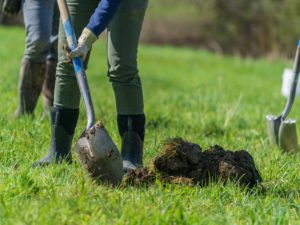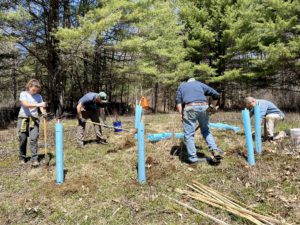Abby White
Executive Vice PresidentAbby leads the Communications and Development team, which fosters engagement through events, storytelling, and fundraising. She joined VLT in 2019, after 15 years working in the clean energy sector. Abby is the person to call if you are a reporter, lawmaker, or generally inquisitive person who is seeking information about conservation and Vermont lands. She serves as one of the co-chairs of the Vermont Housing and Conservation Coalition, which advocates for strong state investments in housing and conservation. She lives in Montpelier with her husband, two boys, and a very enthusiastic rescue pup.
Email(802) 793-7282


